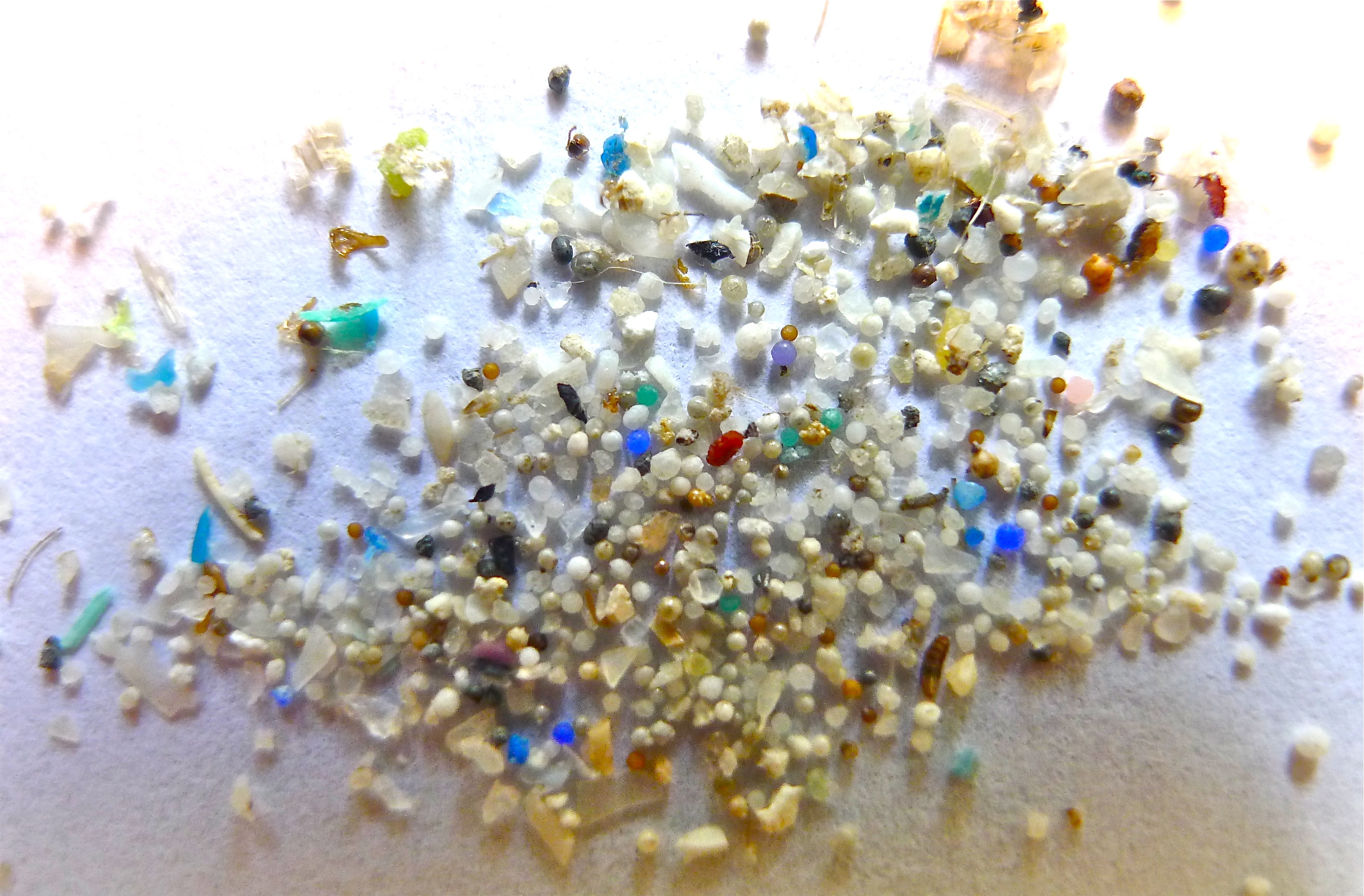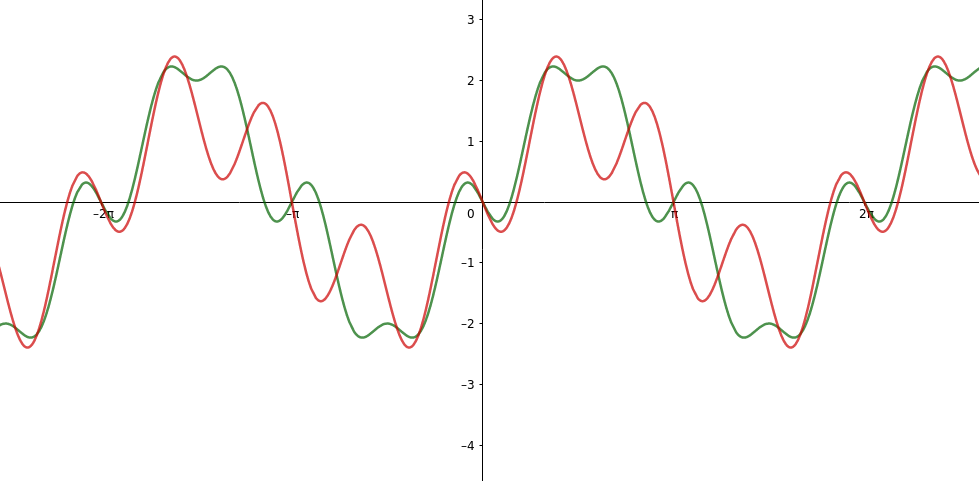At a Glance
- Scientists from Japan and Thailand used a novel detection technique to discover microplastics in all three parts of coral anatomy: surface mucus, tissue, and skeleton.
- The study examined coral samples from Si Chang Island in the Gulf of Thailand and found 174 microplastic particles across four coral species, with most particles between 101 and 200 micrometers in size.
- Microplastics were distributed 38% in surface mucus, 25% in tissue, and 37% in the coral skeleton, suggesting that corals may act as a “sink” for microplastics.
- This research may help explain the “missing plastic problem,” where much of oceanic plastic pollution is unaccounted for, as corals could trap microplastics in their skeletons long after they die.
- The findings highlight the urgent need for further research on the effects of microplastics on coral reefs and the broader marine ecosystem, as the health impacts on corals remain largely unknown.
A collaborative research effort by scientists from Japan and Thailand has discovered that microplastics are present in all three parts of coral anatomy: surface mucus, tissue, and skeleton. This groundbreaking finding highlights the extent of plastic pollution affecting marine life and was made possible by a new detection technique applied to coral for the first time. The study was published in the journal Science of the Total Environment.
Microplastics are tiny plastic particles that result from the breakdown of more oversized plastic items and are known to pose serious environmental threats. The researchers examined coral samples collected from Si Chang Island in the Gulf of Thailand and identified microplastic particles in varying amounts across four different coral species. In total, they found 174 microplastic particles, mostly measuring between 101 and 200 micrometers in size, similar to human hair’s width. The study revealed that 38% of the microplastics were located in the surface mucus, 25% in the tissue, and 37% in the skeleton of the corals.
One of the intriguing implications of this research is the possibility that corals might act as a “sink” for microplastics, absorbing them from the ocean environment. Assistant Professor Suppakarn Jandang from Kyushu University, the study’s lead author, noted that this discovery could help explain the “missing plastic problem,” where a significant portion of oceanic plastic pollution remains unaccounted for. The researchers suggest that microplastics could accumulate in coral skeletons, remaining intact long after the corals die, much like insects preserved in amber.
The findings underscore the urgent need for further research into the impact of microplastics on coral reefs and the broader marine ecosystem. Professor Atsuhiko Isobe, who leads the research team, emphasized that while this study has advanced our understanding of microplastic accumulation in corals, exploring various coral species globally is essential to gain a clearer picture of the situation. Additionally, the health effects of microplastics on corals and their communities remain largely unknown, highlighting the importance of ongoing investigations into the consequences of plastic pollution in our oceans.
References
- Kyushu University. (2024, September 20). A possible explanation for the ‘missing plastic problem’: New detection technique finds microplastics in coral skeletons. Phys.Org; Kyushu University. https://phys.org/news/2024-09-explanation-plastic-problem-technique-microplastics.html
- Jandang, S., Alfonso, M. B., Nakano, H., Phinchan, N., Darumas, U., Viyakarn, V., Chavanich, S., & Isobe, A. (2024). Possible sink of missing ocean plastic: Accumulation patterns in reef-building corals in the Gulf of Thailand. Science of The Total Environment, 954, 176210. https://doi.org/10.1016/j.scitotenv.2024.176210











